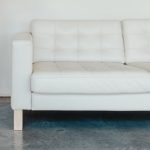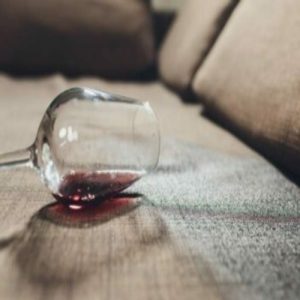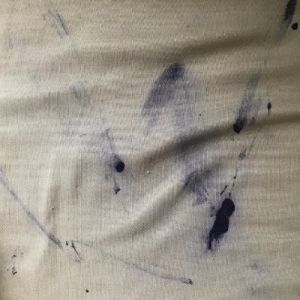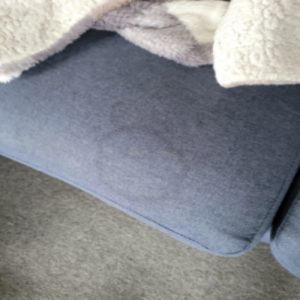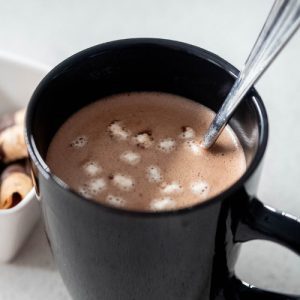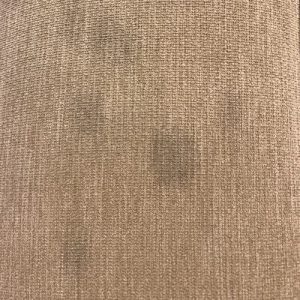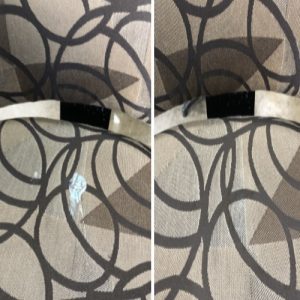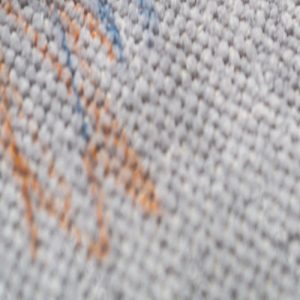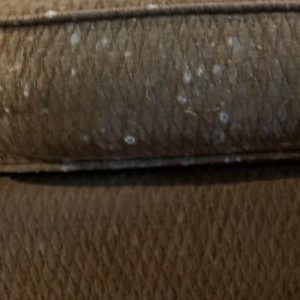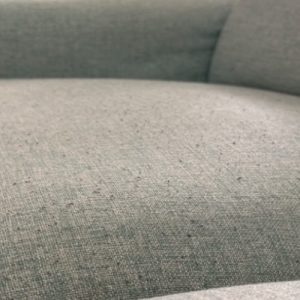Upholstery Stain Removal
If you have any furniture at home, you would know how irritating of a challenge it is to keep the upholstery clean and stain-free. The usual culprits like a smear of chocolate, a spilled cup of coffee, or a pet’s muddy paw prints are the bane of anyone. If that got you in a pinch, worry not because this guide will teach you effective methods and expert tips for upholstery stain removal that could help you restore the longevity and beauty of your cherished furniture.
Removing stains from upholstery requires a certain amount of skill as the delicate balance of technique and knowledge needs to be maintained to pull off this complex task without damaging the fabric. As you keep reading on, you will find solutions to common stains, from ink and wine to strong stains such as oil and grease. So let us get into it!
Cleaning upholstery is a task that can easily go wrong and result in potential damage. This is because each type of fabric can handle different levels of heat, agitation, and moisture compared to others. Some fabrics can be steam cleaned while others will be severely damaged if steam is applied. Other types of fabrics can be dry clean only while others have manufactures specifications to not use hot water extraction.

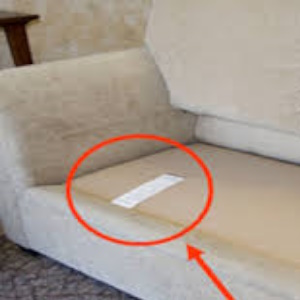

Retain the Tags
Removing the tags placed by the upholsterer won’t make you a criminal under the law, but experts strongly advise against removing them. If you already removed them, just don’t worry; keep the tags in a place where you can refer to them in the future because they contain information you’ll want to know.
Fabrics mainly fall into three categories: synthetic (plastic fibres), plant-based (such as cotton), or protein-based (like leather), and also that technology paving the way for a new age of fabrics by mixing these three categories together in a single product also.

Brisbane Upholstery Cleaning
Servicing All of Brisbane
Common Upholstery Stains
When it comes to cleaning upholstery, there are a few common stains and marks that will occur more than others. If you want general tips for cleaning upholstery, then keep scrolling down.
Specific care instructions may be necessary for specialty fabrics. With the fabric tags saved, you can consult the care designations provided. The following common fabric cleaning codes are found on tags, along with associated general cleaning advice:
● W: Water-based cleansers and fabric steamers are safe for upholstery cleaning.
● S: Spot clean using fabric-safe solvents or opt for professional dry cleaning.
● S/W: Both water-based and solvent cleansers can be used to treat fabric spots.
● WASH: If the fabric is removable, you can safely launder it in a washing machine using cold-water delicate settings, followed by air-drying or tumble-drying on low heat.
● X: Vacuuming is the recommended method for cleaning this material.
Preserving these tags gives you a valuable reference for effectively maintaining and treating your upholstery stains. If you have some of the stains or marks listed directly below, then click on the link corresponding to your issue for tips on cleaning it.
DIY Spot Cleaner For Upholstery
Acting swiftly when dealing with a spot on your upholstery greatly improves the chances of successful removal. Brisbane Upholstery Cleaning suggests that simple blotting with a microfiber cloth might do the trick if you catch the stain immediately.
For upholstery fabrics that can tolerate water, you can employ several effective DIY methods. To minimise the risk of spreading the stain, vacuum the area before attempting any removal technique, and always perform a test in an inconspicuous spot. Explore the following tips at your own risk to effectively remove stains from upholstered furniture:
● General upholstery stain removal: Start by applying club soda gently with a clean, white cloth. Alternatively, you can try a small amount of vinegar (allow it to sit for approximately 15 minutes before blotting with clear water) or a mixture of mild dish soap and water.
● Grease or oil stains: Sprinkle salt on the affected area, let it sit, and then dab with a soap and water solution. Alternatively, rubbing alcohol can be used instead of salt.
● Coffee stains: Blot the stain using a mixture of equal parts water, vinegar, and a small amount of dish detergent.
● Crayon stains: Work a small amount of non-gel toothpaste into the stain, then rinse with clear water.
● Blood stains: Blot the stain with hydrogen peroxide, followed by water.
● Red wine stains: Sprinkle salt on the stain, blot with hydrogen peroxide or lemon juice, and then rinse by blotting with water.
DIY Upholstery Stain Removal Process
Step 1: Eliminating Dirt and Debris
After the meticulous process of selecting the perfect sofa, it’s essential to maintain its pristine condition for the long haul (even if that means postponing the search for a new one). When it comes to cleaning upholstery, begin by removing any cushions and throws, then delicately vacuum your sofa using a soft brush or an upholstery attachment to eliminate dirt and dust.
Take special care to thoroughly vacuum the front arms of the sofa and the deep folds. Both fabric and leather sofas can benefit from vacuuming to remove unwanted elements like hair, lint, and those stubborn crumbs. Optimal vacuum cleaners are equipped with a crevice tool that can reach into corners and inaccessible spots near seams and button nooks.
Step 2: Spot Cleaning Stains
To tackle stains, We suggest starting with a small amount of cool water. “Take a white paper towel and dampen it with water. Gently blot the stain, avoiding circular motions that may tear the paper towel and push fibres into the fabric, potentially making the stain worse. Blotting may be time-consuming but is highly effective. Repeat the process, dabbing at the stain until it is no longer visible on the paper towel.”
If water alone doesn’t do the trick, vinegar can serve as an excellent natural stain remover suitable for most upholstery types. Create a mixture of equal parts water and vinegar, then blot the stain using a clean microfiber cloth, employing gentle circular motions. To eliminate any lingering vinegar scent, prepare a solution of a tiny droplet of mild detergent and lukewarm water and gently clean the area where the vinegar was applied.
You can try using a white bar of soap or a specialised fabric spot cleaner for stubborn stains, but remember to consult your manufacturer’s care guide beforehand. When dealing with leather upholstery, exercise caution and avoid using detergents or antibacterial sprays containing alcohol, as they can affect the leather’s surface. Instead, use a cleaning product approved by the manufacturer, ensuring it has a balanced pH to preserve the material’s integrity.
Lastly, allow the cleaned area to air dry. We emphasise the importance of avoiding heat from a hairdryer or any other source, as it could embed the stain further into the fabric’s fibres.
Step 3: Eliminating Unpleasant Odours
The tricky part about the upholstery on your furniture is that even though it might look clean and new, it is possible that odours from pets and cooking might still linger as the smell could be trapped within its fibres. But we have a simple fix for you; just sprinkle bicarbonate of soda onto the upholstery. Just letting the bicarbonate of soda sit for a few hours will allow the absorbing of the unwanted odours. And then, just vacuum the area to remove the residue.





